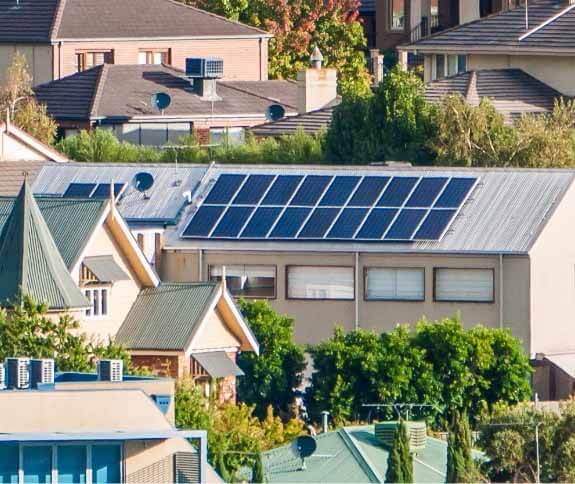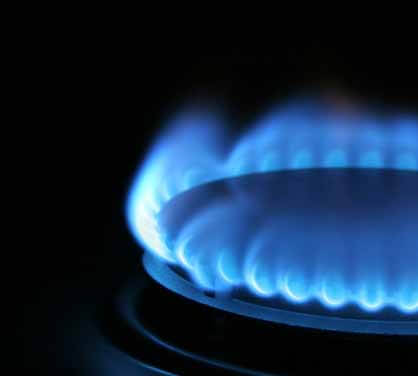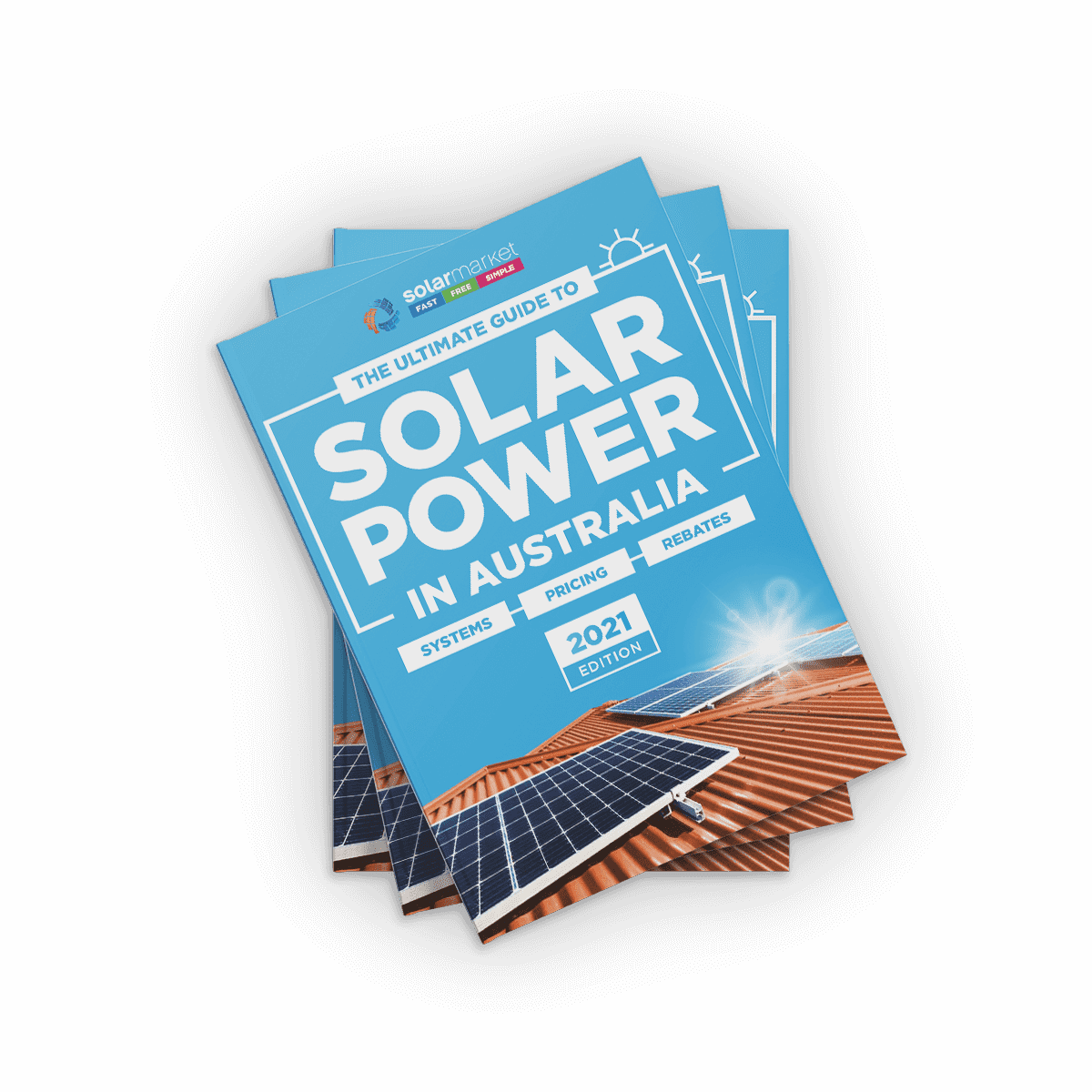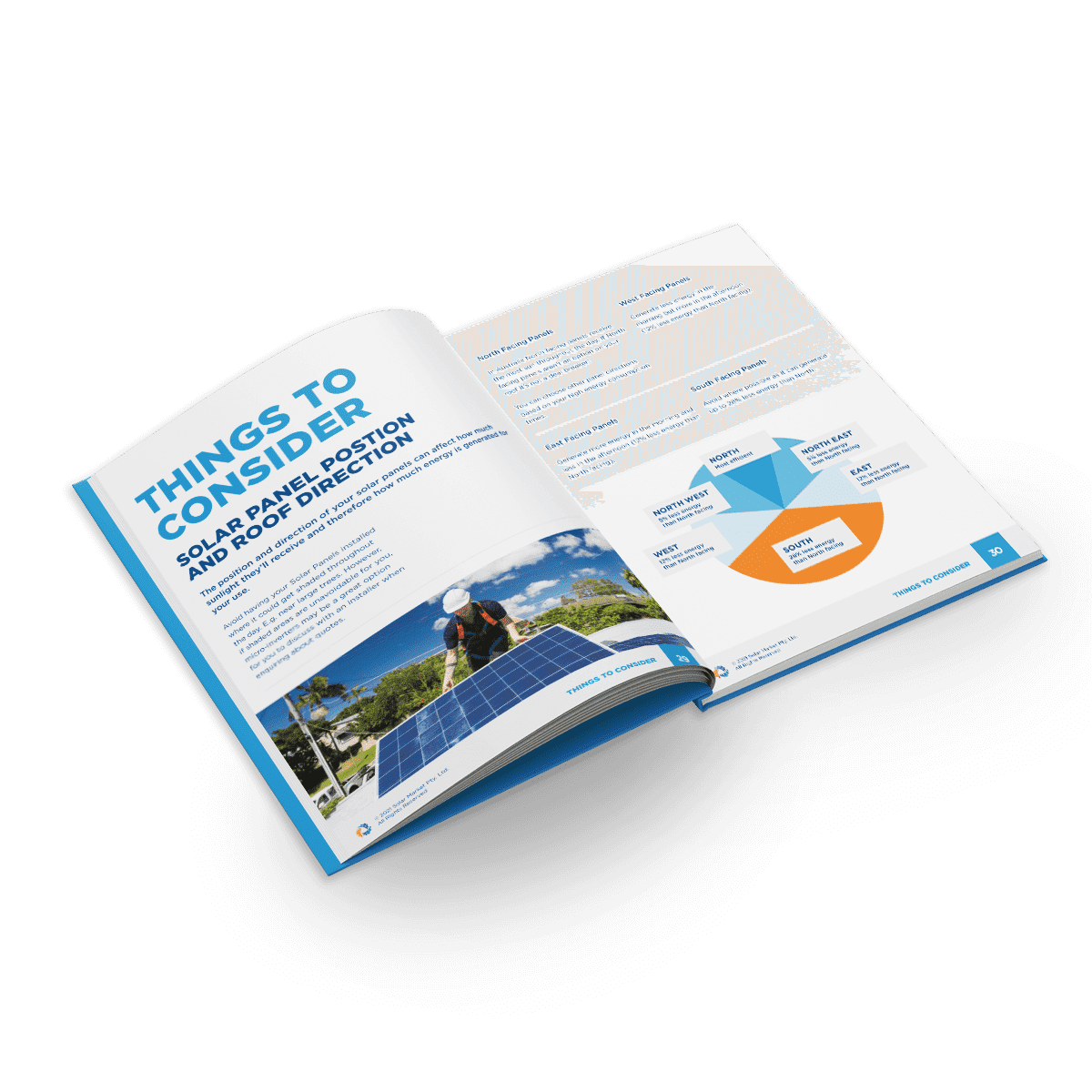Learn how to clean and maintain your solar power system to prolong peak performance and energy output throughout the duration of the system’s lifespan.
You’ve installed your system, you’re saving money and your bills are down, but what now? Unfortunately, much like any home modification or piece of equipment, to maintain the productivity and safety of your solar power system you’ll need to clean and inspect the system.
Fortunately, you can get away with doing both of these rarely and with ease!
Neglecting to clean or not booking routine inspections (recommended at least every 5 years) can lead to not only your system being less efficient but can also cause the system to become unsafe and a risk to your home.
Despite having the most qualified installer, install the most reliable brand and quality system, external factors over the lifespan of a solar system can occur making the system unsafe or at risk.
If you’re not a qualified solar installer, then you shouldn’t try to fix “DIY style” any faults with your solar power system, as it can cause more damage and will be putting yourself at risk…so let’s leave that to the experts!
What you can do is clean your system’s panels to keep them at optimal efficiency! Depending on how your solar panels are positioned and the climate or area you live in will determine how frequently your panels may need a good clean.
e.g. For those with tilted solar panels your panels are going to get a good rinse down each time it rains.
When To Know If It’s Time For A Clean?
Those with a solar panel monitoring system will be able to track the average energy their system generates and if it starts to decline without any changes in weather, you’ll know your panels may need some attention.
Without a monitoring system, you can easily keep an eye on your solar panels and determine whether it’s time for a rinse or scrub when dirt, dust and/or leaves start to build up.
Installers recommend that cleaning a few times a year is more than enough unless you notice your roof receives a substantial amount of buildup throughout certain seasons. Cleaning services are available however a standard garden hose will usually be able to remove the majority of leaves and dirt accumulated. Just avoid cold water on hot panels as this may cause cracking!
TIP: Clean on an overcast day, early in the morning or in the evening
For a thorough scrub, you’ll want to invest in a window wiper or squeegee. Just don’t step on the panels themselves because it can lead to micro-cracks on the surface of the panels.
IMPORTANT: If cleaning your panels from the ground is not possible, do not attempt to access your rooftop unless you have the appropriate safety equipment and training. If you don’t, hire a suitably qualified professional instead.
Supplies For Cleaning:
- Bucket of soapy water (standard detergents will work)
- Hose
- Window wiper/squeegee
- Small brush for wiping off loose dirt before scrubbing and rinsing
- Ladder and safety equipment (If cleaning from the roof)
Checking your system and panels cleanliness regularly will help you determine whether there is something more serious than a buildup of dirt and leaves affecting the productivity of your system. If this is the case it’d be time to book an inspection for your solar system.
There are some external factors that may contribute to a system becoming unsafe or at risk.
These may include but are not limited to;
- System parts that are exposed filling with rain
- Animals (birds, rats) chewing or damaging cables
- Damage from natural disasters, such as earthquakes, bushfires and storms
- Damage from home renovations
- Cables deteriorating overtime
- Components failing
Whilst you may have had a top-notch installer, you’ll want to consider having your solar system inspected at least every 5 years to ensure nothing has occurred since the installation that may have affected your system’s safety status..
Is it time to replace or upgrade?
If you installed your solar system some time ago you might be wondering if it’s time to upgrade or even replace your system. Whilst solar power system prices have dramatically decreased over the years, you shouldn’t go upgrading or replacing your system without understanding and knowing whether your current system is performing how it should.
How to check if your solar system is performing how it should
A typical solar system will perform at its best on a sunny 25-degree day. Lucky enough in Australia these aren’t too rare! On a day like this check how much power is being generated by your solar system. Don’t expect to see a 6kW system to be generating 6000 watts of power. Through the setup, wear and tear and many other factors, an expected production in good conditions should be around 60%-80% of the systems rated output. It’s also important to note that to keep your solar system functioning to its best abilities the Clean Energy Council recommends a routine inspection from an installer every 5 years.
After conducting the above test, you should be left with one of the below scenarios:
If this is the case, it’s time to contact your original installer. If your system is still under warranty (most warranties are 20 years) and the issues with the system are legitimate under the warranty, then you should not need to pay for a replacement. You may, however, decide after your system has been fixed that you still want to upgrade, which will then put you in the two below scenarios.
If your current system’s inverter has the capacity to add more panels and your roof has the space to cater for additional panels, this will be your best option to increase your generated energy. This will cost less than if you were to upgrade your inverter or install an additional solar system.
If your current inverter is at its capacity and cannot add additional panels your two options as mentioned above are to:
- Upgrade the inverter and add more panels
- Install an additional solar power system
Warning: increasing the capacity of your system could affect the terms and conditions within the contract you’ve signed with your Energy Retailer. This may impact your current Feed-in Tariff rate, so make sure to contact your Energy Retailer when deciding to increase the size of your system or add an additional system.
Adding a battery to your system will allow you to store any excess energy generated from your system, for you to use when your system is not generating energy (when the suns not out). For a battery to be useful and store excess power your current solar system must be generating more energy than you are consuming daily.
While this provides more energy independence from the grid a battery won’t benefit everyone’s current financial situation like a solar system will. Today’s current prices (if your state does not offer subsidies or incentives for battery) could have you looking at an expected return on investment in 7-15 years. As technology advances and batteries become more accessible it is expected prices will drop, similar to how they have for solar systems.











